
YOU WON'T HEAR THIS ON THE HERSHEY TOUR
By the late 1500s, the Spaniards had abandoned the Azetc name cacahuatl - "bitter water" - and coined a new work, chocolatl, possibly a combination of the Maya word for "hot," chocol, and adding it to the Aztec word for "water," atl.
Why would they do this? Their chocolate was sweetened, not bitter and they drank it hot like the Mayans did. But some historians speculate that there may have been another reason: just as the Spaniards were initially disgusted by the bitter taste and frothy brown appearance of cacahuatl, they may have also been disgusted by its name.
In many Romance languages, including 16th century Spanish, the caca has scatological connotations. "It is hard to believe that the Spaniards were not thoroughly uncomfortable with a noun beginning with caca to describe a thick, dark-brown drink which they had begun to appreciate," anthropologists Sophie and Michael Coe write in The True History of Chocolate. The Spaniards "desperately needed some other word. and we would not be at all suprised if it was the learned friars who came up with chocolatl and chocolate."
CURE-ALL
No one knows for sure when chocolate first arrived in Europe. Cortes may have brought some back to Spain with him on his trips in 1519 or 1528. The first recorded appearance of chocolate in Europe was in 1544, when some Dominican friars took a delegation of Mayans to visit prince Philip of Spain. Nobody knows if the prince tried the chocolate, and if so, what he thought of it. In any event, it took a few years for the new taste to catch on in Spain.
By the time the first commercial shipments of cacao beans began arriving in Spain from plantations in Central and South America in 1585, the exotic beverage was appreciated mostly for its "medicinal" value. "This drink is the healthiest thing, and the greatest sustenance of anything you could drink in the world," one chocolate advocate wrote in the 1550s, "because he who drinks a cup of this liquid, no matter how far he walks, can go a whole day without eating anything else." (Ha, I knew it! All you need in life is chocolate!)
EUROPEAN TOUR
In 1655 England seized the Caribbean island of Jamaica from Spain, including a number of thriving cacao plantations. Up to that point chocolate was practically unheard of outside of Spain. Then, in 1657, London's first chocolate cafe opened, advertising "an excellent West India drink, called Chocolat." Similar cafes soon opened up in the Netherlands, France, Germany, Switzerland, Austria, and Italy. Hot chocolate quickly established itself as the drink of choice of the European aristocracy (no one else could afford it); by 1690 chocolate was so popular in England that the British Parliament passed a law forbidding the selling of it without a license, giving King William and Queen Mary fa financial stake in the booming trade.
SOMETHING TO CHEW ON
In the late 1600s, chocolate began appearing as a flavoring in food. In France you could buy chocolate biscuits and pastilles; in Spain, chocolate rolls and cakes. In Italy, you cold order chocolate soup, chocolate liver, and chocolate pasta - including chocolate lasagna. And in 1727, and Englishman named Nicholas Sanders became the first person, as far as historians can tell, to make a hot chocolate drink using milk instead of water.
But you still couldn't find a chocolate bar - not in Europe, not anywhere in the world. Nobody knew how to make chocolate in solid form in the 17th century - chocolate preparation had hardly advanced at all since the time of Cortes. The beans were ground, usually by hand, and then shaped into wafers or cakes that were dissolved in hot water to make drinking chocolate, which if you wanted you could pour into your food. That was about it.
~ taken from Uncle John's Supremely Satisfying Bathroom Reader.
And now for a recipe. (With chocolate of course).
Ultimate Double Chocolate Brownies
3/4 cup Baking Cocoa
1/2 tsp. Baking Soda
2/3 C. Butter or Margarine, melted, divided (I use the Butter)
1/2 C. Boiling Water
2 C. Sugar
2 Eggs
1-1/3 cups all purpose flour
1 tsp. Vanilla extract
1/4 tsp. Salt
1/2 C. chopped Pecans
2 C. (12 oz.) Semisweet Chocolate Chips
In a large bowl, combine cocoa & baking soda; Blend in 1/3 C. Melted Butter. Add Boiling Water; Stir till well blended. Stir in Sugar, Eggs, and remaining melted Butter. Add Flour, Vanilla, & Salt. Stir in Pecans & Chocolate Chips. Pour into a greased 9x13x2" baking pan. Bake at 350 degrees for 35-40 minutes or till brownies begin to pull away from the sides of the pan. Cool.
To feed more of your chocolate addiction, head over to Lisa's (@ Stop and Smell the Chocolates). She always has some great recipe and links to more.
Enjoy!
Until next time...
















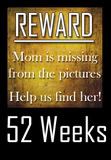

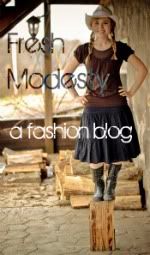








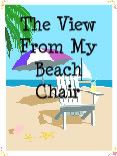




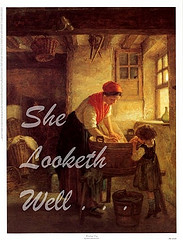


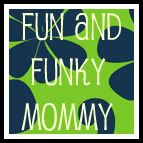
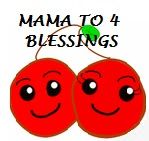






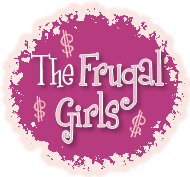








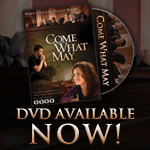







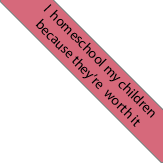




4 comments:
Chocolate history AND a recipe? NICE!
Hugs
Kim
Fascinating and delicious!! Thanks for sharing!
That's my excuse- I eat chocolate for medicinal purposes! I love it! I remember an episode of The Nanny where her mom feigns fainting and tells Fran to quick get her medicine. Fran rushes about the kitchen and grabs some chocolate. Pretty funny and I've found it actually works!
Girl all that chocolate talk just caused me to gain 5 pounds. Yum to the recipe.
Post a Comment